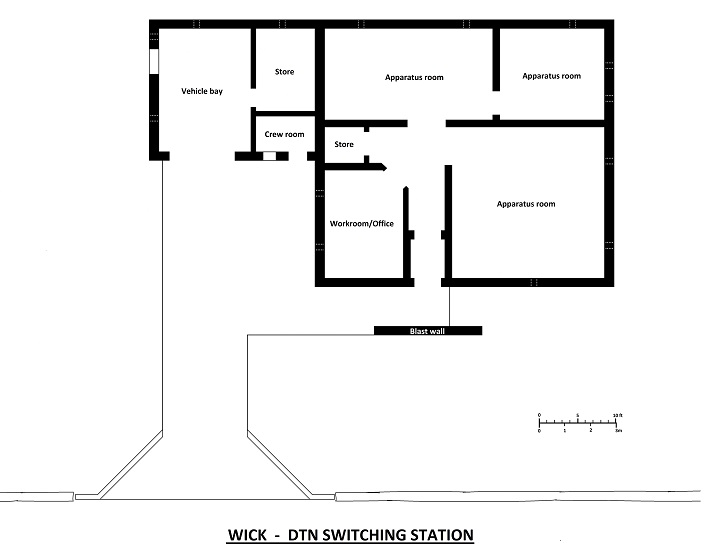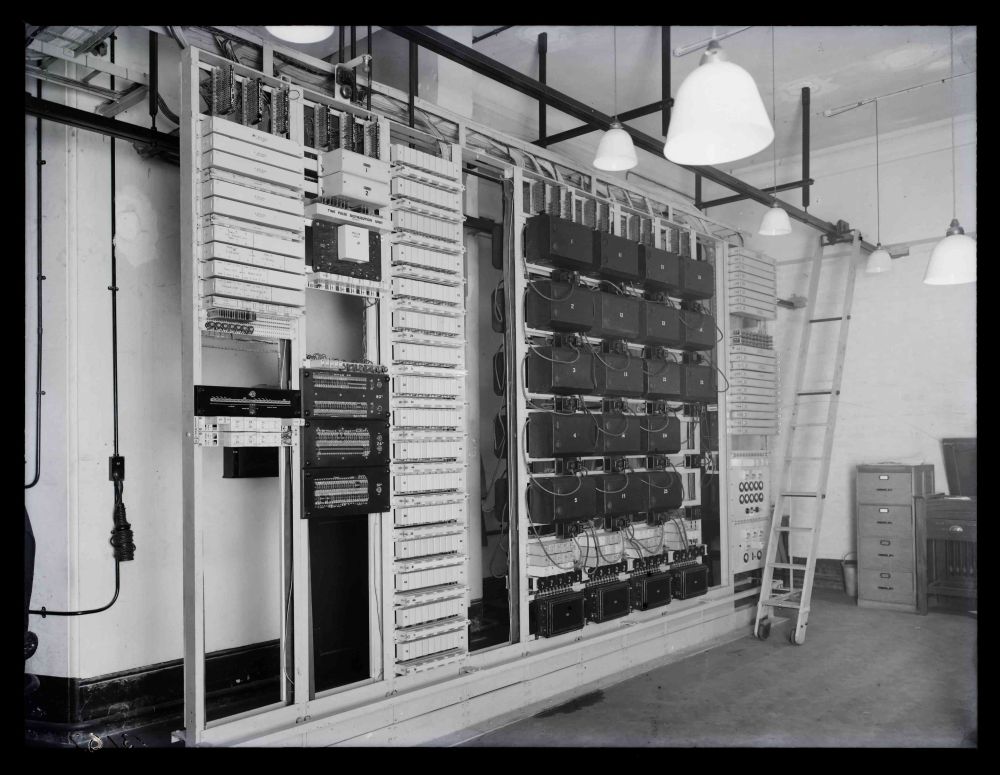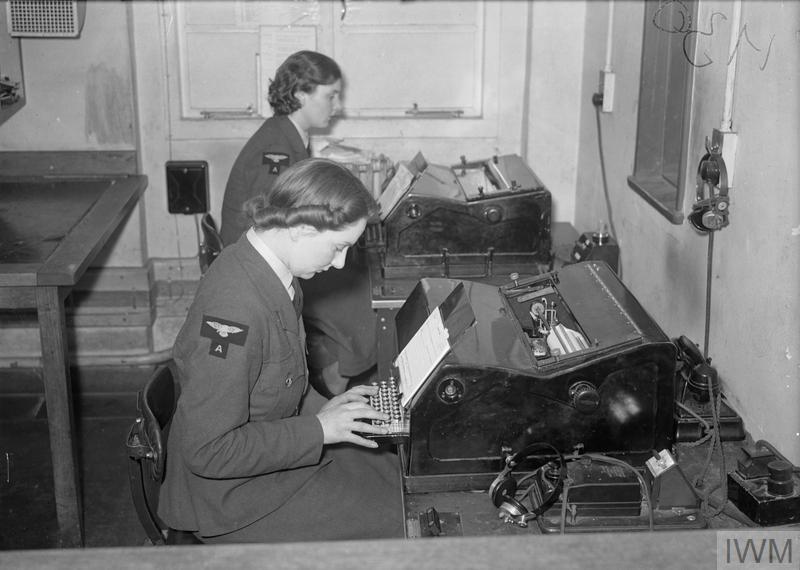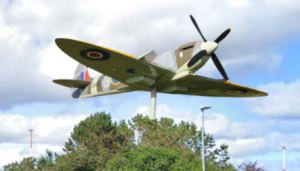Site 9. Defence Teleprinter Network Switching Station
This building, constructed about 1941, was a switching station for the DTN (Defence Teleprinter Network), which provided teleprinter communication to military bases around Caithness, principally the RAF airfields and radar stations and also Naval control centres.
The DTN was itself a component of the DCN (Defence Communications Network), a nationwide military communications network constructed from 1938 by the GPO (General Post Office) in preparation for an anticipated war, to allow all Britain’s military and government establishments to communicate with each other.
The DCN consisted of five large switching centres located around the country, with repeater stations and smaller switching stations spread around the entire British Isles. This meant laying thousands of miles of new cables the length and breadth of Britain and its islands, hundreds of new buildings, many below ground or ‘hardened’ against potential damage from bombing,and numerous wireless stations. This was a massive undertaking, but the initial system was operational by the time war was declared and by the end of hostilities it had expanded to three times its original size.
Military communications at this time made great use of teleprinters, electrically operated semi-automatic typewriting machines. A message typed on one teleprinter could be transmitted to multiple destination teleprinters simultaneously and, just as importantly, without the need for a person to be at the receiving end. The message would simply be typed out automatically to be collected whenever convenient. It also had the advantage that it produced a typed paper document which saved a great deal of time and resources, dictating a message over a telephone and re-typing it. This was cutting-edge technology of the 1930’s and a core part of military communications during and after the Second World War.
A good example of the development of teleprinter communications is provided by the Meteorological Network. Around Britain, squadrons such as No.519 based at RAF Wick and RAF Skitten provided weather data to the Air Ministry Meteorological Office. The information was received hour by hour over the teleprinter circuits which was then sent simultaneously to all RAF stations,thereby ensuring that airfields always had current weather information for their own operational area.

It is not known exactly how many military establishments in Caithness were provided with teleprinter services, but it is certain that the RAF airfields at Wick, Skitten, Castletown and Dounreay, the RAF Radar stations at Tannach, Ulbster, Dunnet Head,and probably Sango and Durness. The Naval control centres at Wick and Thurso were also routed to this building and linked together. From here a connection then ran to the main telephone exchange in Union Street in Wick where it join up with the National Defence Teleprinter Network.
The building itself is designed to provide some protection for the equipment within. It has no windows through which a blast wave could enter and only one door which is protected by a blast wall. The interior contains three apparatus rooms two of which housed the communications switching equipment, and the third a generator which supplied electrical power. There was also a workroom/office and a store. On the east side is an annex with a vehicle bay, store and small crew room, thought to be for the use of the GPO engineers when visiting the building. There was likely a permanent daytime staff presence. The building was probably decommissioned sometime in 1946.
To provide the numerous military sites around Wick with a robust means of communication a ring of telephone cables was laid. A trench was dug around the town into which were laid a pair of earthenware pipes. These pipes carried telephone cables which connected the various naval, army and RAF stations and headquarters in the town. Where the pipelines came to the river they were simply run across the river bed. The pipes where the cables ran out may still be seen protruding from the river bank opposite the rifle range. The encirclement continued across Wick Bay between South Head and Broadhaven to make a complete circuit of the town. It is very likely that this communications ring terminated in the DTN building and from there connected to the main telephone exchange in Wick.




